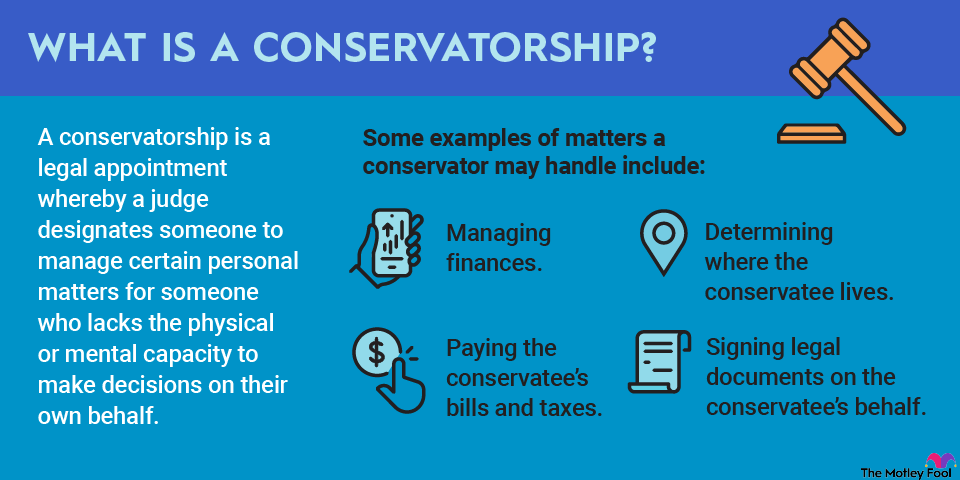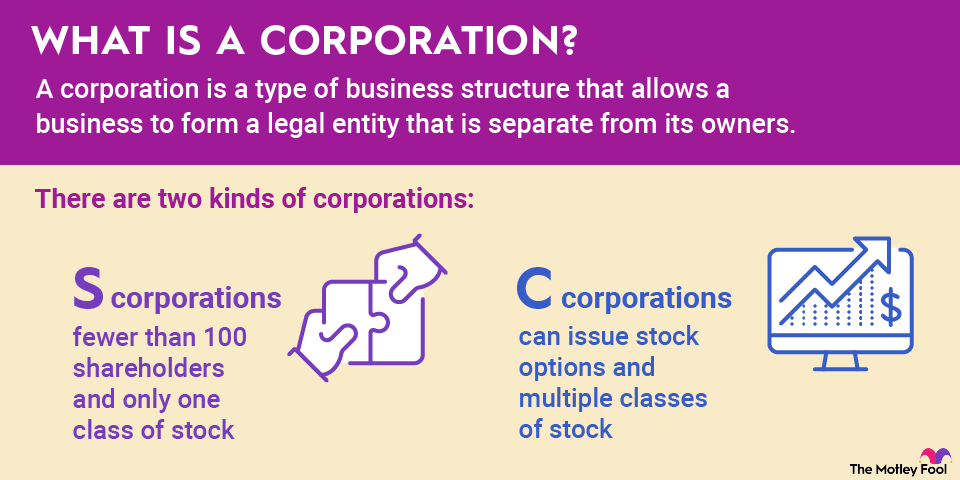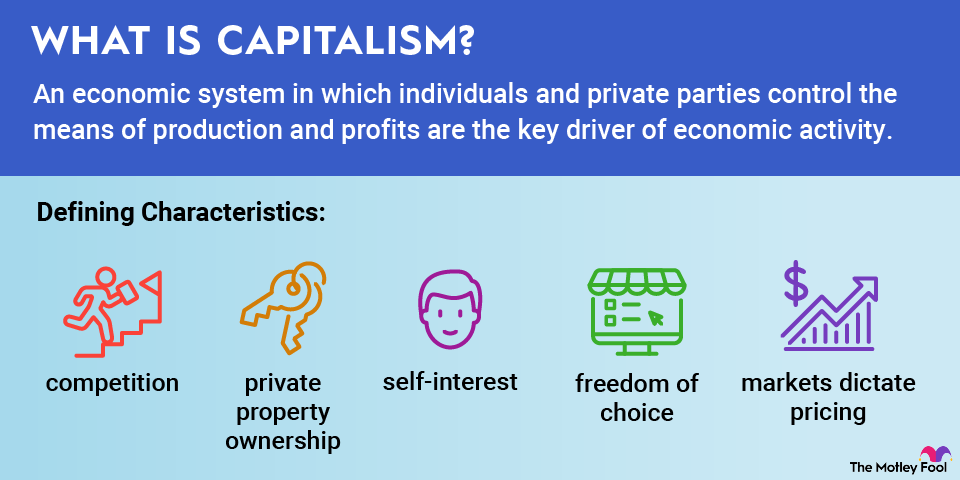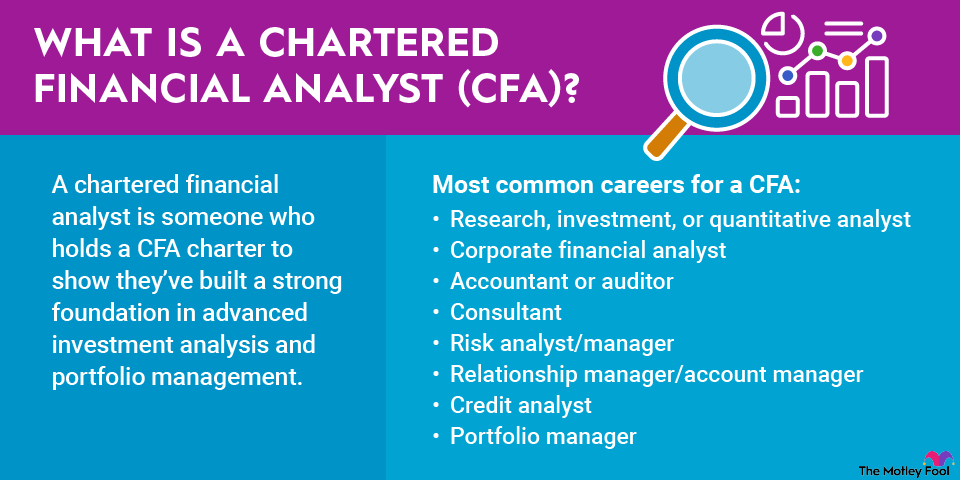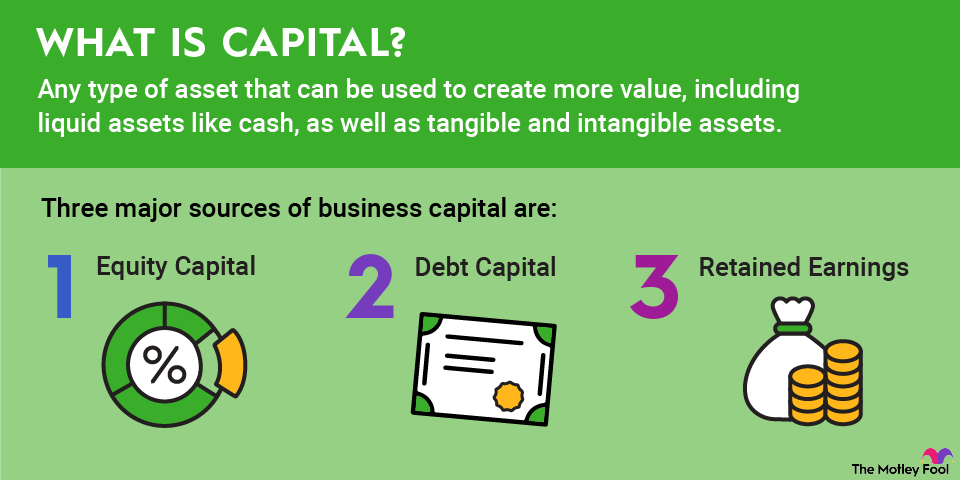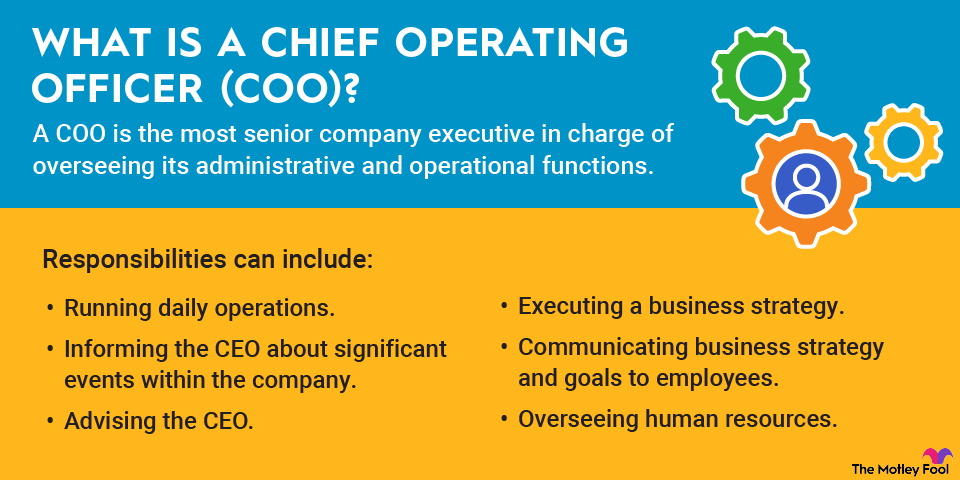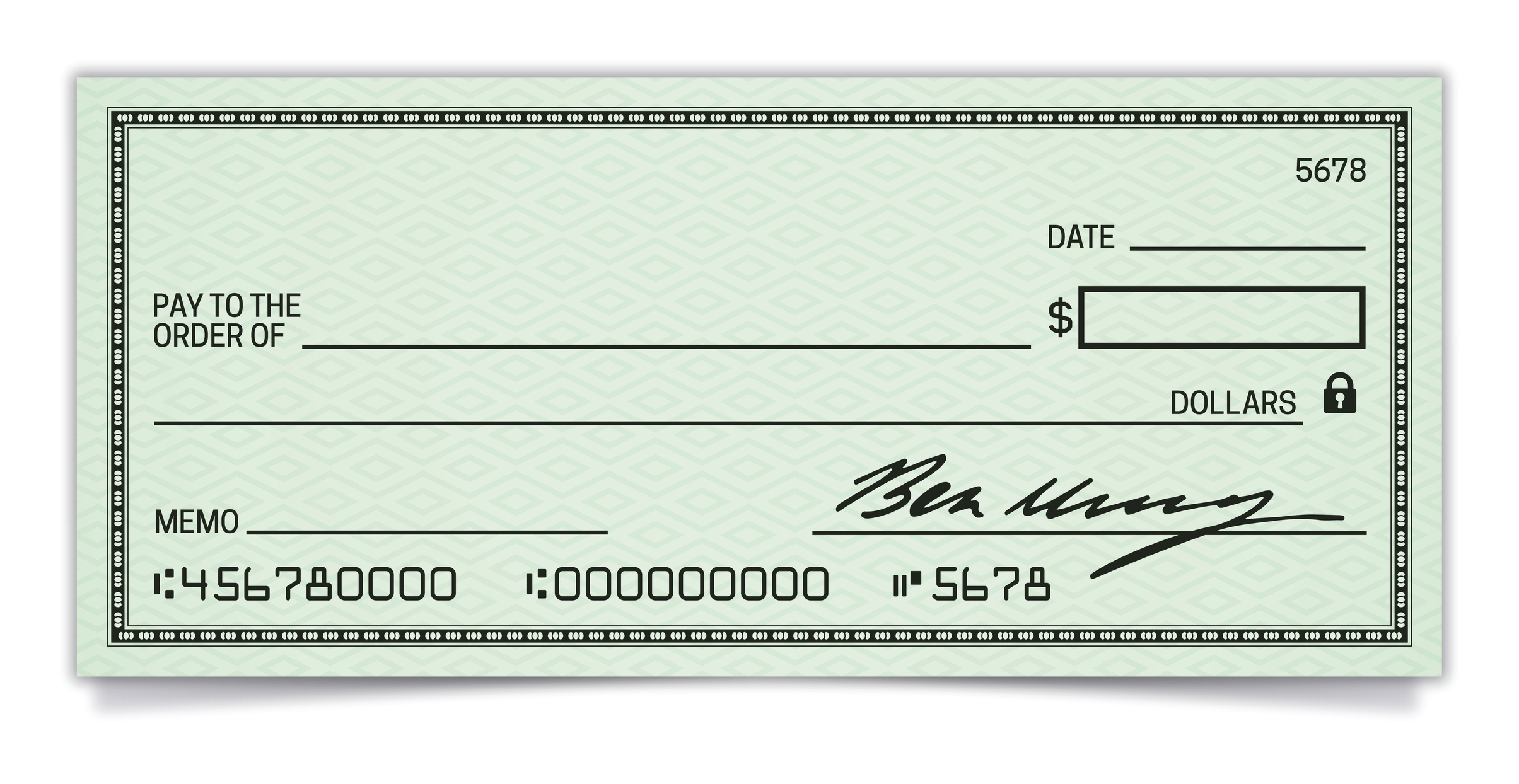On a company's balance sheet, there are three main sections -- assets, liabilities, and shareholders' equity. When it comes to liabilities, which are the company's financial obligations, it is further divided into two categories: current and non-current liabilities.
Non-current liabilities are pretty straightforward. These are the financial obligations that the business (hopefully) doesn't need to worry about much anytime soon, such as long-term debt.
On the other hand, current liabilities are the short-term financial obligations of the business and can be very important for investors to understand and use when evaluating the financial health of businesses.
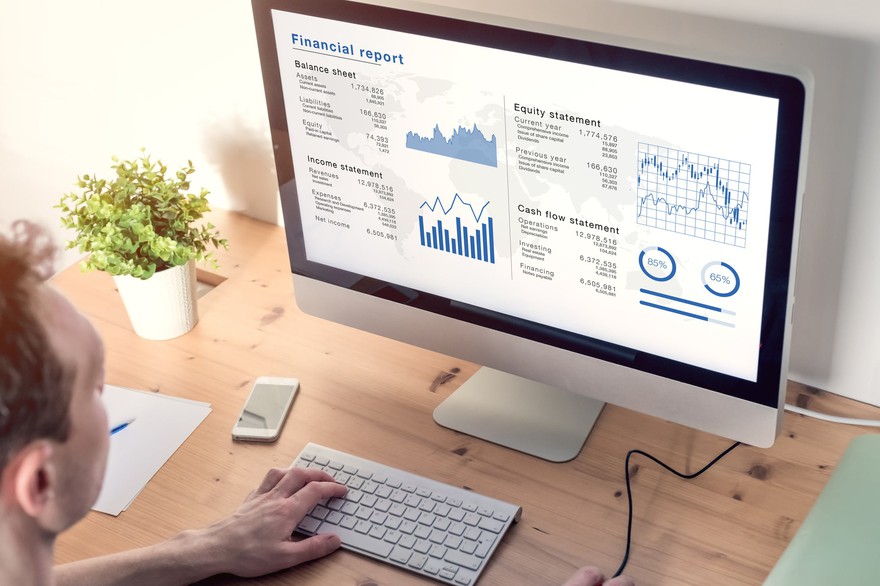
Understanding current liabilities
In most cases, the category of current liabilities includes any financial obligations that are due within the next year. And while this isn't an exhaustive list, some of the most common types of current liabilities are:
- Accounts payable: Money due to suppliers or vendors. For example, if you have an apparel business, anything you owe for the purchase of fabrics, dyes, or other components used to make your products would be in this category.
- Short-term debt: This includes short-term loans a company has taken out, as well as any long-term debt obligations that are coming due within the next year.
- Accrued payroll: This includes money that is owed to (or on behalf of) employees. As an example, if the employer is obligated to make retirement plan matching contributions, this could be included in accrued payroll.
- Taxes payable: Taxes that are owed but have not yet been paid.
It's also worth noting that many companies will list just a few current liabilities individually (accounts payable and short-term debts are almost always found on the balance sheet) but will have a broad category of "other current liabilities" as well.
Why current liabilities are important
Current liabilities are important to investors because they can show a company's financial strength or warn investors of potential problems in meeting near-term obligations. If a business cannot cover its accounts payable or has difficulty meeting payroll obligations, that can be a big red flag. And when it comes to short-term debts, those will need to either be paid or refinanced within the next year. If the interest rate environment isn't favorable, refinancing could add significant ongoing expense.
Interest Rate
How to use current liabilities
One popular metric to help gauge a company's financial health is the current ratio, which is a ratio of the company's current assets to its current liabilities. In a nutshell, if a company has enough available assets to cover its financial obligations that will come due within the next year, it is a sign of financial strength.
For example, if a business has current assets of $15 million and current liabilities of $10 million, it will have a current ratio of 1.5. A current ratio above 1 indicates that a company has the ability to meet its current obligations rather than relying on future profits to cover them.
Related investing topics
Real-world example of current liabilities
As a real-world example, let's consider the balance sheet of Walt Disney (DIS +1.46%). There are three types of current liabilities listed:
- Accounts payable -- $19.115 billion
- Short-term debts -- $2.645 billion
- Other current liabilities -- $6.474 billion
- Total -- $28.234 billion
There's not a ton to take away from this information all by itself. Just by looking at current liabilities, it's tough to figure out if a business is financially healthy or not. However, a metric like the current ratio can help us. On the same balance sheet, we can see that Disney has $30.174 billion in current assets, including about $11.5 billion in cash and $13.1 billion in receivables. Dividing the current assets by current liabilities shows a current ratio of approximately 1.07. This is greater than 1, so it indicates that Disney's financial condition is solid, at least on a near-term basis.
